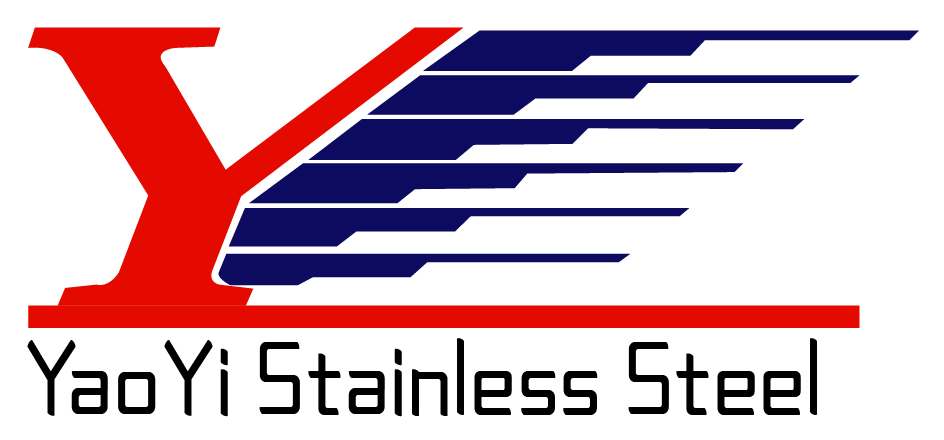What Type of Stainless Steel is Magnetic?
In order to eliminate the magnetic properties of 304 steel caused by the above-mentioned reasons, the austenite structure can be restored and stabilized by high-temperature solution treatment, thereby eliminating the magnetic properties.
In particular, the magnetism of 304 stainless steel caused by the above reasons is not at the same level as other materials of stainless steel, such as 430 and carbon steel. That is to say, the magnetism of 304 steel always shows weak magnetism.
This tells us that if the stainless steel is weakly magnetic or not magnetic at all, it should be judged as 304 or 316 material; if it is the same as carbon steel, it shows strong magnetism, because it is judged as not 304 material.
Stainless Steel Chemical Composition – YAOYI Stainless Steel
AISI 304; AISI 301; AISI 316;AISI 316L…
- Thickness: 0.02mm – 0.2mm
- Width: 25mm – 1600mm
People often think that magnets absorb stainless steel materials to verify their quality and authenticity. They are not attractive and non-magnetic, and they are considered to be good and genuine; if they are magnetic, they are considered to be counterfeit products. In fact, this is an extremely one-sided and impractical method of identifying errors.
There are many types of stainless steel, which can be divided into several categories according to the organizational structure at room temperature:
1. Austenite type stainless steel: such as 304, 321, 316, 310, etc.;
2. Martensite or ferrite type stainless steel: such as 430, 420, 410, etc.;
The austenitic type is non-magnetic or weakly magnetic, and martensite or ferrite is magnetic. The stainless steel usually used for decorative tube sheets is mostly austenitic 304 material, generally speaking, it is non-magnetic or weakly magnetic. Yes, but due to chemical composition fluctuations or different processing conditions caused by smelting, magnetism may also appear, but this cannot be considered counterfeit or unqualified. What is the reason?
As mentioned above, austenite is non-magnetic or weakly magnetic, while martensite or ferrite is magnetic. Due to component segregation or improper heat treatment during smelting, a small amount of martensite or ferrite in austenitic 304 stainless steel will be caused. Body tissue. In this way, 304 stainless steel will have weak magnetic properties.
In addition, after 304 stainless steel is cold worked, the structure will also be transformed into martensite. The greater the degree of cold working deformation, the more martensite transformation and the greater the magnetic properties of the steel. Like a batch of steel strips, Φ76 pipes are produced without obvious magnetic induction, while Φ9.5 pipes are produced. The magnetic induction is more obvious due to the larger bending deformation. The deformation of square rectangular pipes is larger than that of round pipes, especially the corners. , The deformation is more intense and the magnetism is more obvious.
Keep reading: A complete guide to AISI 303 Stainless Steel
